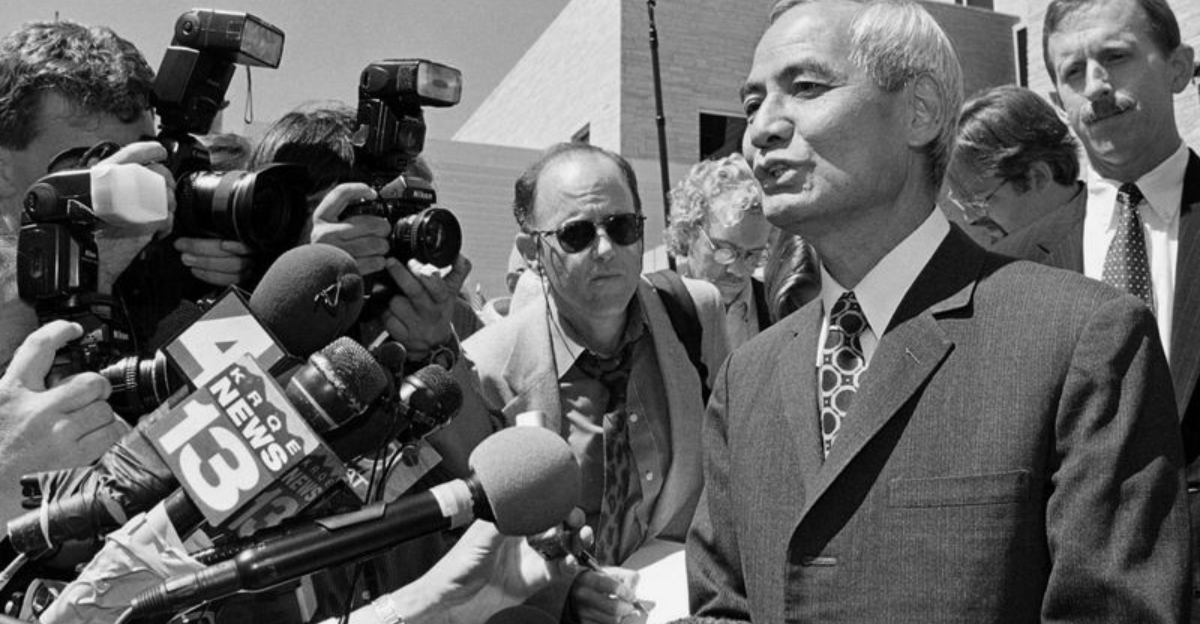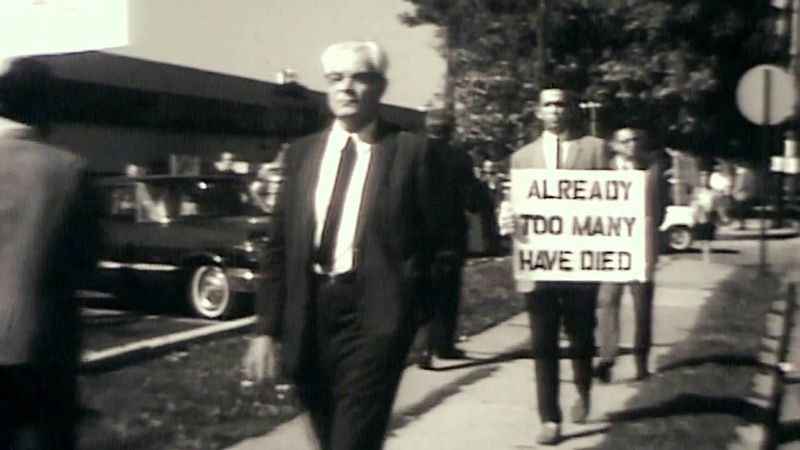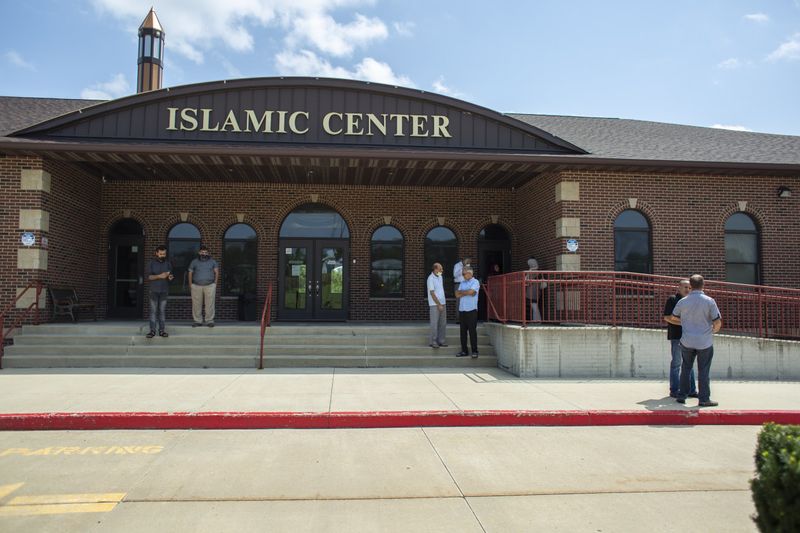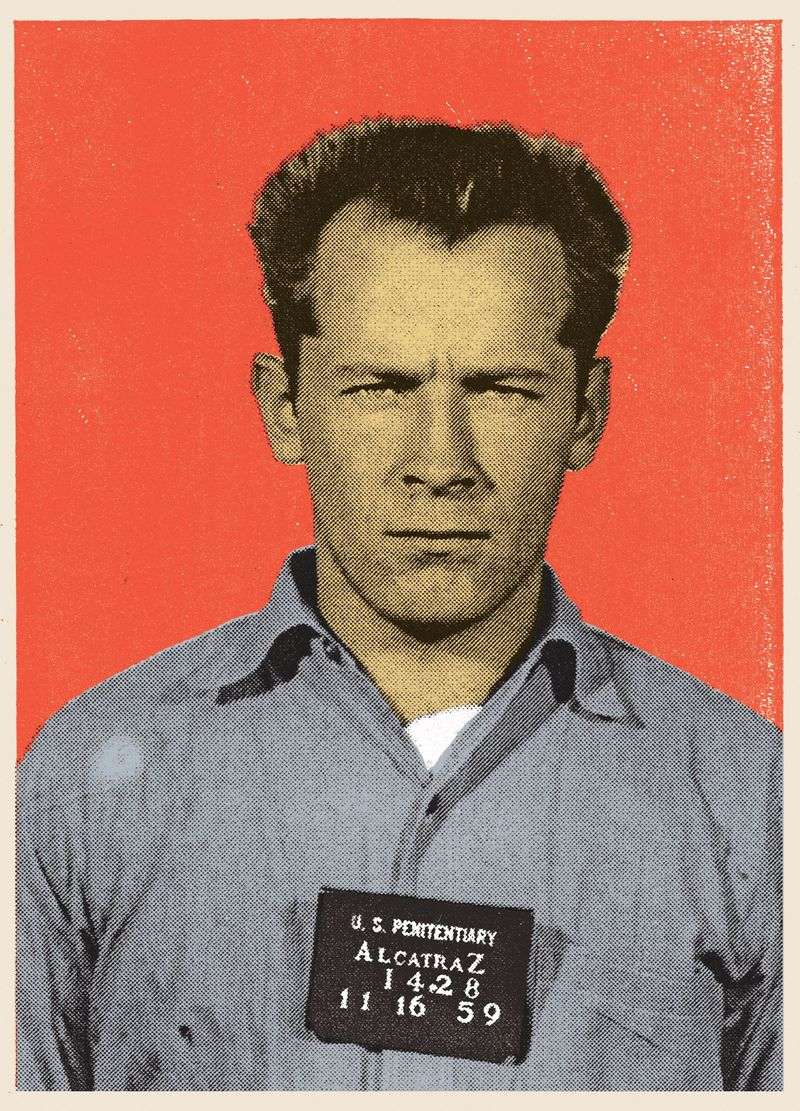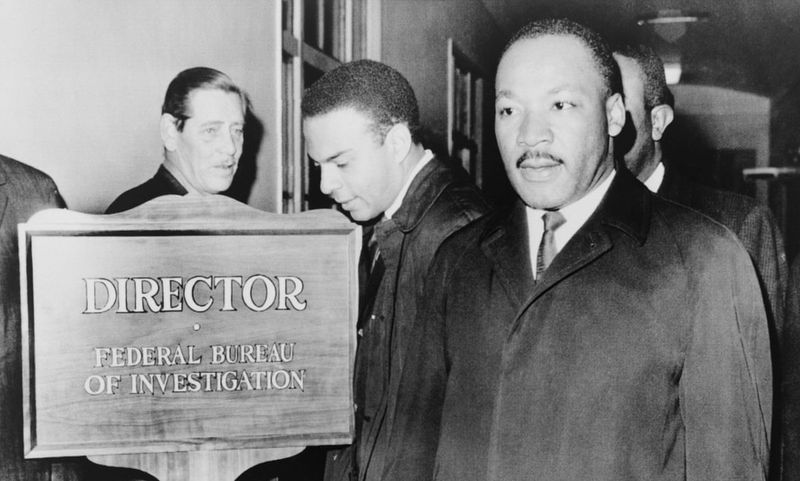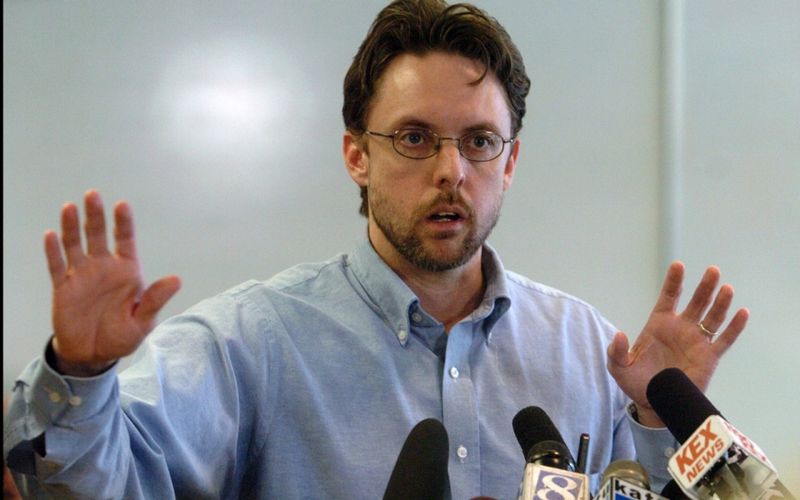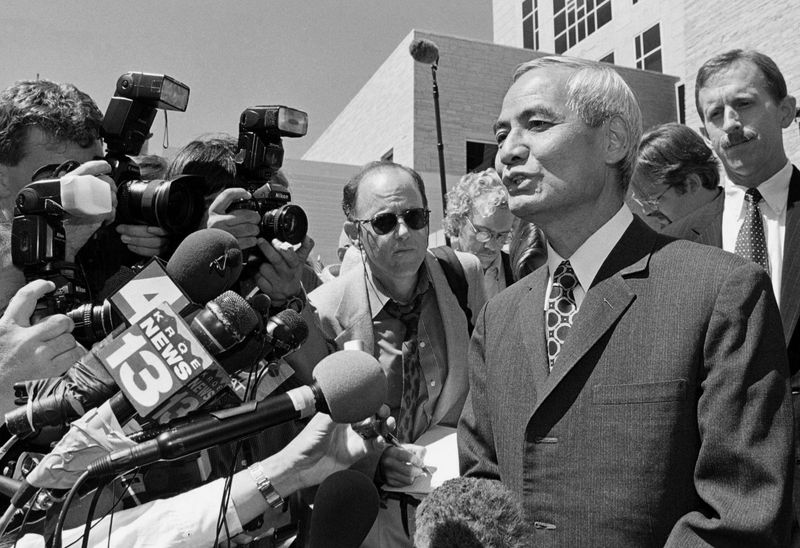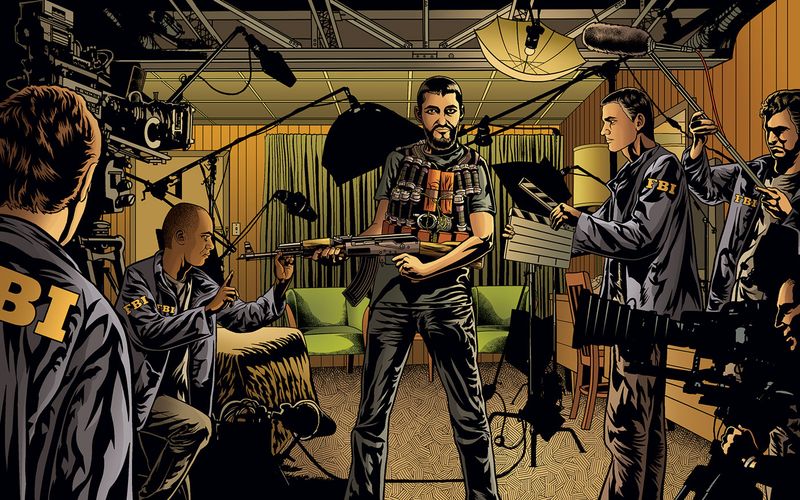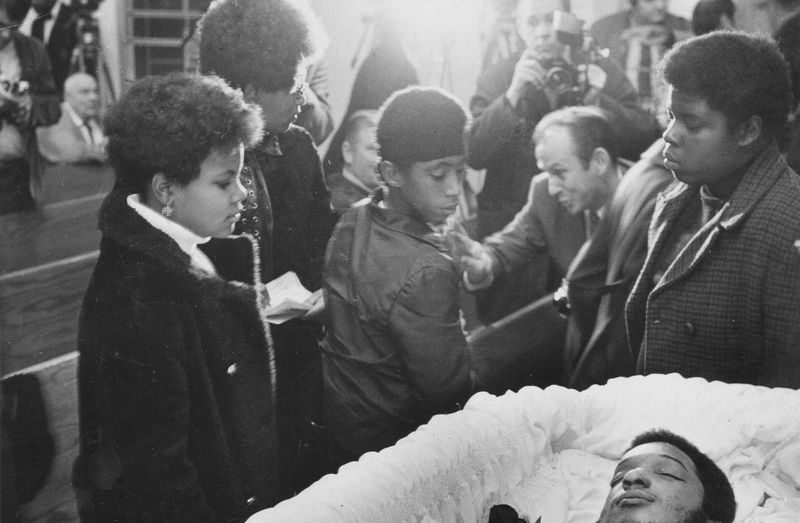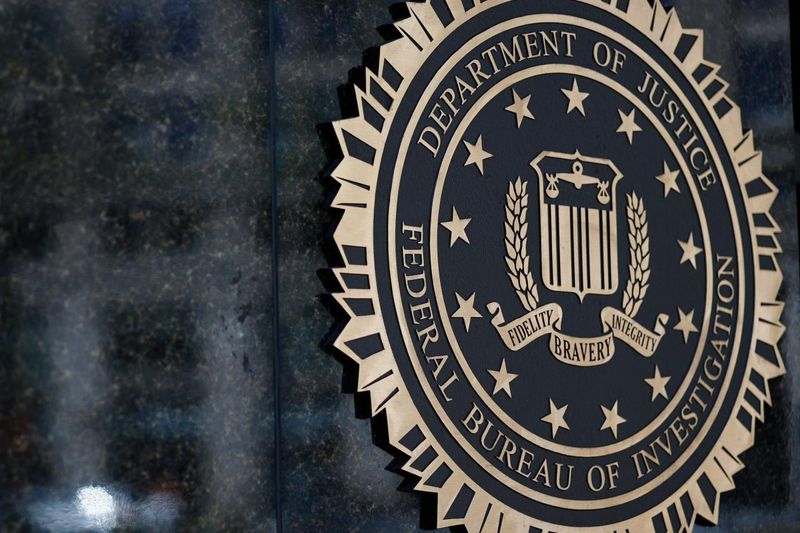The Federal Bureau of Investigation has a long and complicated history in American law enforcement. While meant to protect citizens, the FBI’s record includes numerous controversial actions that raise serious questions about accountability and ethics.
From targeting political activists to conducting questionable surveillance operations, these incidents reveal a troubling pattern throughout the agency’s existence.
1. Operation COINTELPRO’s Destruction of Civil Rights Groups
Between 1956 and 1971, the FBI ran a secret program designed to disrupt, discredit, and neutralize domestic political organizations. They planted false information about Black Panther Party leaders, created conflicts between rival groups, and even sent Martin Luther King Jr. a letter suggesting he commit suicide.
Many of these operations violated basic constitutional rights. The program only came to light after activists broke into an FBI office and stole documents exposing these activities.
2. Ruby Ridge Standoff Tragedy
In 1992, an FBI sniper killed Vicki Weaver while she held her 10-month-old baby during a siege at Ruby Ridge, Idaho. The confrontation began after Randy Weaver, her husband, failed to appear in court on weapons charges.
The FBI changed their rules of engagement specifically for this standoff, allowing agents to shoot armed adult males on sight. This controversial decision led to congressional hearings and settlement payments to the surviving Weaver family members.
3. Waco Siege Disaster
The 1993 siege of the Branch Davidian compound in Waco, Texas ended with 76 people dead, including 25 children. After a 51-day standoff, the FBI launched an assault using tear gas, which was followed by a massive fire.
For years, the FBI denied using incendiary devices during the raid. Later investigations revealed they had indeed used pyrotechnic tear gas canisters. This deception damaged public trust and fueled conspiracy theories about government overreach.
4. Illegal Surveillance of Muslim Communities
Following 9/11, the FBI conducted widespread surveillance of Muslim American communities without proper warrants or reasonable suspicion. Agents infiltrated mosques, monitored religious leaders, and created detailed maps of Muslim businesses, organizations, and neighborhoods.
This religious profiling violated civil liberties and created lasting distrust. Many innocent people were placed on watchlists simply for attending certain mosques or practicing their faith openly.
5. Whitey Bulger Protection Scandal
FBI agents protected notorious Boston gangster James “Whitey” Bulger for decades while he committed murders and ran criminal operations. Agent John Connolly used Bulger as an informant against the Italian mafia, but ultimately helped him evade capture for 16 years.
The corrupt relationship allowed Bulger to eliminate rivals while receiving warnings about investigations. This case exposed how deeply corruption could penetrate the Bureau’s operations when agents developed inappropriate relationships with criminals.
6. Falsified Forensic Hair Analysis
For decades, FBI hair analysis experts provided flawed testimony in criminal cases, leading to wrongful convictions. A 2015 review found that FBI analysts gave scientifically unsupported testimony in 95% of cases examined.
These experts claimed they could match hair samples with near certainty, despite lacking scientific basis. At least 14 people were sentenced to death in cases involving this faulty evidence, and some were executed before the errors came to light.
7. Martin Luther King Jr. Harassment Campaign
Under J. Edgar Hoover’s direction, the FBI conducted an extensive campaign to discredit civil rights leader Martin Luther King Jr. They wiretapped his phones, bugged his hotel rooms, and compiled information about his personal life.
The Bureau even sent King an anonymous letter in 1964 suggesting he commit suicide. These actions represented a systematic attempt to destroy a prominent civil rights leader based on Hoover’s personal prejudices rather than any legitimate law enforcement purpose.
8. Brandon Mayfield False Terrorism Accusation
In 2004, the FBI arrested Oregon lawyer Brandon Mayfield for the Madrid train bombings based on a misidentified fingerprint. Despite Spanish authorities informing the FBI they had doubts about the match, agents kept Mayfield detained for two weeks.
The Bureau conducted secret searches of his home and office under the Patriot Act. Mayfield, a Muslim convert with no connection to terrorism, later received an apology and $2 million settlement for this devastating error that exposed serious flaws in FBI procedures.
9. Richard Jewell Olympic Bombing Fiasco
Security guard Richard Jewell discovered a bomb at the 1996 Atlanta Olympics and helped evacuate people before it exploded. The FBI quickly focused on him as the primary suspect and leaked his name to the media.
For 88 days, Jewell endured intense public scrutiny and harassment. His reputation was destroyed despite never being charged. The actual bomber, Eric Rudolph, continued his terror campaign for years while the FBI pursued the wrong man.
10. Wen Ho Lee Espionage Case Collapse
In 1999, the FBI arrested nuclear scientist Wen Ho Lee on claims he stole classified information for China. Lee spent 278 days in solitary confinement under harsh conditions before ultimately pleading guilty to just one minor charge of mishandling data.
The judge apologized to Lee for his treatment, saying the government’s actions “embarrassed our nation.” The case revealed troubling ethnic profiling and rush to judgment that destroyed a scientist’s career and reputation without substantial evidence.
11. Entrapment in Terrorism Sting Operations
Following 9/11, the FBI increasingly used paid informants to develop terrorism plots, then arrest those who agreed to participate. Critics argue many of these operations targeted vulnerable individuals who had no capacity to conduct attacks without FBI assistance.
In numerous cases, informants provided money, weapons, and detailed plans to people with mental illness or intellectual disabilities. These tactics raised serious questions about whether the FBI was preventing terrorism or manufacturing threats to justify expanding budgets.
12. Fred Hampton’s Assassination
In 1969, the FBI provided information that led to the killing of Black Panther leader Fred Hampton in Chicago. They supplied the police with a floor plan of Hampton’s apartment and details about his security team.
Officers raided Hampton’s apartment while he slept, firing nearly 100 shots. Evidence suggests Hampton was drugged by an FBI informant before the raid. This targeted killing of a 21-year-old political activist remains one of the most disturbing examples of FBI misconduct during the civil rights era.
13. Crime Lab Evidence Manipulation
A 1997 Inspector General investigation revealed widespread problems in the FBI crime laboratory, including evidence manipulation and exaggerated testimony. Forensic analysts regularly overstated the significance of findings to help prosecutors secure convictions.
In some cases, lab workers reached conclusions before conducting tests or misrepresented results. These systemic problems affected thousands of cases across decades, casting doubt on the integrity of the justice system and leading to numerous overturned convictions.
14. Abuse of National Security Letters
The FBI issued thousands of National Security Letters to obtain private information without court approval. A 2007 Inspector General report found widespread misuse of these powers, with agents obtaining phone records, financial data, and internet activity illegally.
The Bureau created an entire system outside normal legal channels to collect information. When providers questioned these requests, agents sometimes threatened them with criminal charges for non-compliance, showing a pattern of intimidation to bypass constitutional protections.
15. Palmer Raids and Political Repression
In 1919-1920, the early FBI (then called the Bureau of Investigation) conducted massive raids against suspected radicals and immigrants. Without warrants, they arrested over 10,000 people, many for simply belonging to labor organizations or being foreign-born.
Hundreds were deported without due process. Agents conducted violent home invasions, destroyed property, and held people in terrible conditions. These raids established a troubling precedent of using federal law enforcement to suppress political dissent rather than investigate actual crimes.
